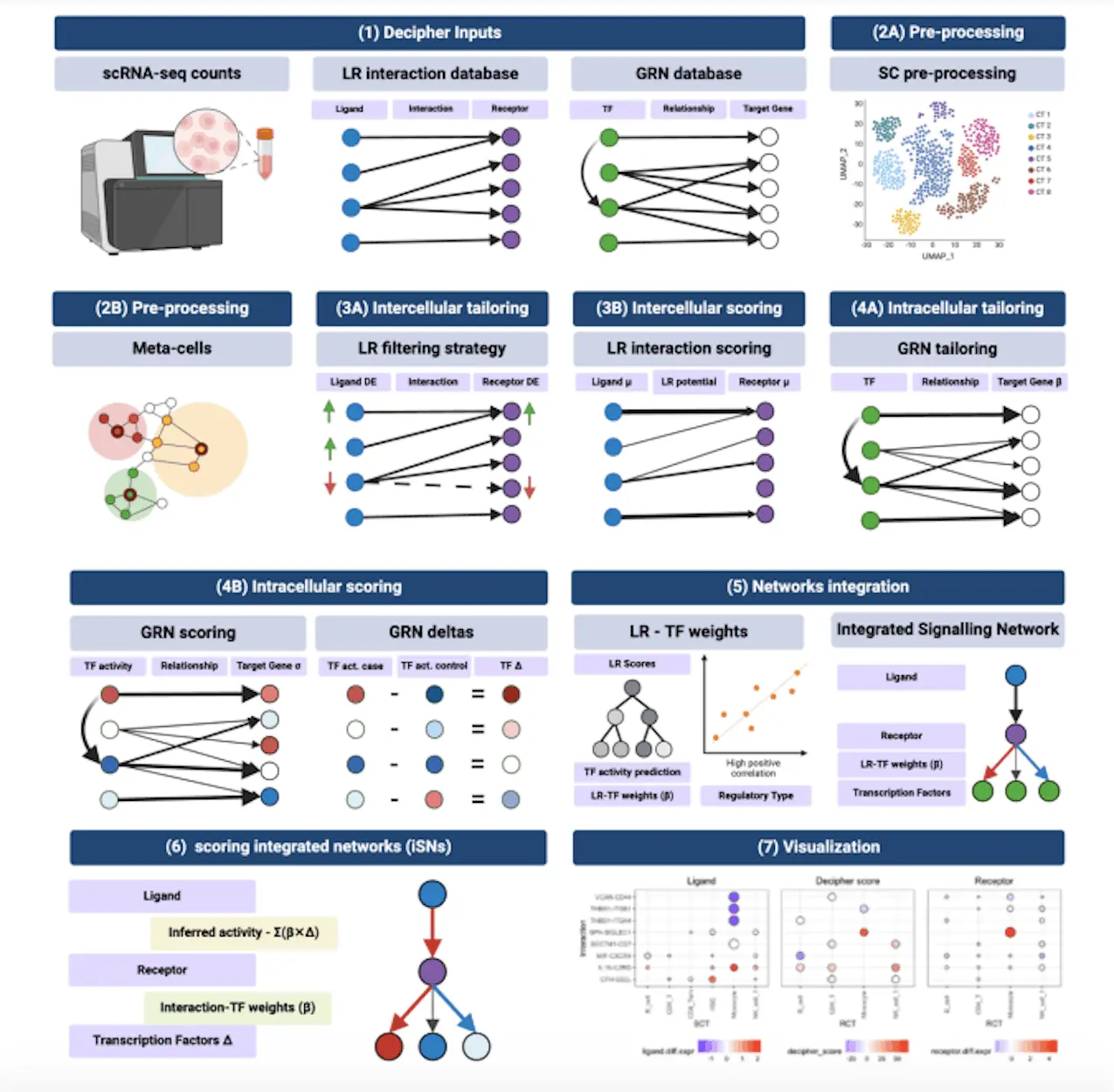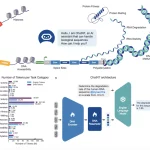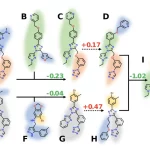A recent paper published in the Nature Journal has outlined a machine learning approach that predicts childhood attention-deficit/hyperactivity disorder (ADHD) symptoms by deploying information about neurocognition, impulsivity, screen time, family & social contexts, and other relevant factors. The futuristic study executed by researchers from the University of Michigan and Emory University, USA, provides a significant foundation for further efforts to generate a predictive model for ADHD symptoms assessments that can be implemented in clinical settings and for other research prospects.
The Grounds of the Study: ADHD and Its Diagnosis
The symptoms commonly observed in children with ADHD encompass an enduring pattern of inattention, challenges in maintaining focus, impulsive tendencies, excessive motor activity in inappropriate contexts, disorganization, and difficulties in exercising self-control. It is a common neurodevelopmental disorder that occurs in childhood, and Symptoms can impact the quality of life of the individual. Even as an adult, the person can encounter troubles in completing academic performance, achieving productivity in daily tasks, engaging in interpersonal relationships and communication, coordinated behavior, financial stability, and having a perturbed perspective about self-image.
Although conventional diagnostic criteria for ADHD are the subject of clinical practice and research, some recent studies admit the actuality of different spectrums of dimensionality in underlying ADHD traits varying across populations. Aberrations in Neurocognitive Development are considered the central cause of ADHD, but several research groups argue that it’s not the sole reliable measure to diagnose ADHD in individuals.
The authors of this study mention the serious gap in comprehensive and comparative research about the evidence of the relevance of neurocognitive measures. On top of that, in this regard, the researchers work on a prominent blank that is present in the applicability of Machine Learning and cross-validation methods essential for establishing robust and generalizable predictive models.
The Machine Learning Model
Principal components regression (PCR) and Least absolute shrinkage and selection operator regression (LASSO) are the two strategies utilized by the researchers to develop an ADHD predicting machine learning framework. The PCR combines principal component analysis (PCA) to reduce the number of dimensions and extract relevant components that can explain individualistic variation following a linear regression. PCR devises a comprehensive predictive model that explains intercorrelations across features. The latter method, LASSO, contains a regularization parameter to penalize regression coefficients for redundant features and exclude or reduce them from the model.
Data resources collected in Adolescent Brain Cognitive Development Study (ABCD) is leveraged in this approach. ABCD is a large-scale longitudinal consortium study concerning over 10,000 U.S. children who were recruited at ages 9–10 to measure brain structure and function during adolescent development. The data size and encompassment of the demographic diversity of the U.S. Population through the ABCD project were the assets for this study. Data acquisition for the ABCD consortium was done across 21 sites, and the researchers strategized this aspect for a “leave-one-site-out” cross-validation approach for the generalizability assessment of the model.
Moreover, the ADHD symptoms variable incorporates parent-report data from the Child Behavior Checklist (CBCL) and teacher-report data from the Brief Problem Monitor (BPM) since the importance of multiple raters in ADHD assessment is also acknowledged. A Bifactor Structural Equation model is applied to analyze parent- and teacher-report data.
Capturing Variables for the Generizable Prediction
Objective factors like Demographic and Geocoded features, Child self-report features, and Neurocognitive features are included in the predictive models to reduce potential biases. The following features contributed meaningfully to prediction, and the work is able to quantify the information value of neurocognitive abilities and other child characteristics for predicting ADHD symptoms.
- Basic demographic components apprehend information on the age, sex, ethnicity, race, marital status of parents, education level of parents, and family income.
- Geocoded variables figured out from the Census tract of the child’s primary residence, neighborhood poverty level, as indexed by an Area Deprivation Index aggregate measure; total crimes; lead exposure risk; and extents of educational quality and opportunity such as graduation rate.
- Data about body mass index (BMI) and waist circumference are compiled as Basic biometric variables.
- Personal, family, and system-level characteristics are considered in Child self-report features. Measures of BIS/BAS and UPPS scales are included to assess Children’s self-reported impulsivity. Additionally, ABCD culture and environment assessments derived information about the Children’s perceptions of parental monitoring, family conflict, respective school system, and neighborhood crime. The estimated hours spent engaged in screen media on weekdays and weekend days are also supplemented from the ABCD Screen Time Questionnaire.
- Neurocognitive features included total memory recall from the Rey Auditory Verbal Learning Test (RAVLT), and age-corrected scores from Matrix Reasoning Task and seven subtests of the NIH Toolbox to evaluate cognitive domains of episodic memory, working memory, attention, processing speed, and verbal ability. Accuracy rate from the Little Man Task of visuo-spatial processing, the single-item Cash Choice Task of delay of gratification, and diffusion decision model (DDM) parameters are also introduced.
Conclusion
In the endeavor to develop and test generalizable machine learning models for predicting ADHD symptoms, the researchers utilized data from neurocognitive testing and features from other relevant measurements such as demographics, geocoding, child reports of personality, family structure, and social contexts. The study indexes ADHD symptoms at the baseline, 1-year, and 2-year follow-up time points using a multi-rater approach and focuses on predicting individuals’ trait levels of ADHD symptoms instead of longitudinal changes.
The predictive models demonstrated a 15–20% variance in 1-year ADHD symptoms for ABCD Study sites that were left out of the model-fitting process and a 12–13% variance in 2-year ADHD symptoms and also displayed high generalizability across study sites and a trivial loss of predictive power when transferred from training data to left-out data. The findings are capable of countering the debate over the utility of neurocognitive abilities for predicting ADHD symptoms in practical scenarios and further highlighting other aspects contributing to ADHD prediction. Overall, this novel approach has built a foundation for further studies and diagnosing symptoms of ADHD.
Article Source: Reference Paper
Learn More:
Aditi is a consulting scientific writing intern at CBIRT, specializing in explaining interdisciplinary and intricate topics. As a student pursuing an Integrated PG in Biotechnology, she is driven by a deep passion for experiencing multidisciplinary research fields. Aditi is particularly fond of the dynamism, potential, and integrative facets of her major. Through her articles, she aspires to decipher and articulate current studies and innovations in the Bioinformatics domain, aiming to captivate the minds and hearts of readers with her insightful perspectives.










